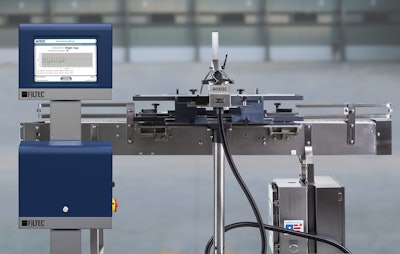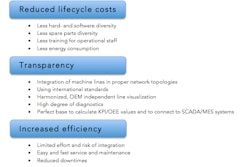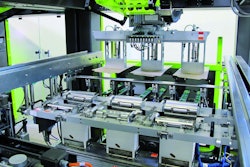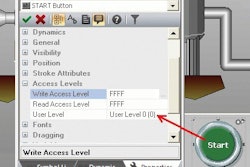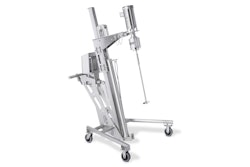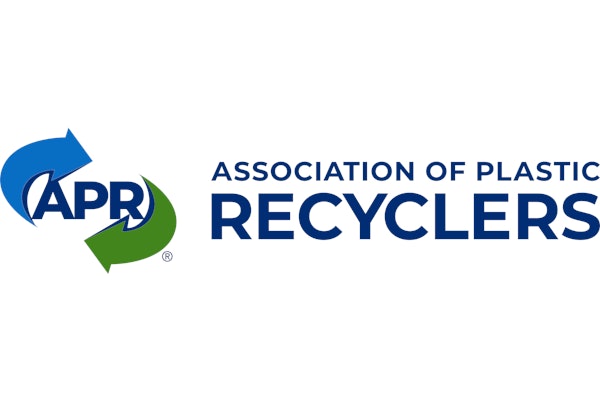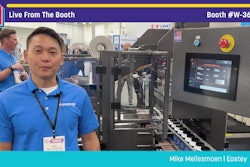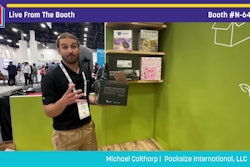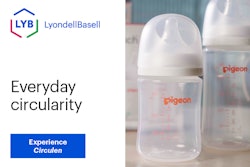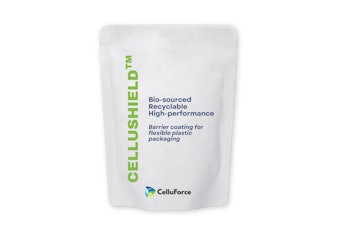Introduced a few years ago by Filtec, the Pressure Leak Detector is a quality inspection device designed primarily for PET containers of carbonated or nitrogen-dosed beverages. Central to its operation is a SMAC Corp. Model LAL 95-50 electric actuator based on moving coil technology. These actuators from SMAC are said to be unique because their force, position, and speed are completely programmable. They operate at exceptionally high or very low speeds with sub-micron accuracy and repeatability. And a patented “Soft-Land” function gives extremely accurate sensing of product location or dimensions.
According to Filtec’s Product Engineer David Kriebel, a similar actuator had proven useful as a substitute for pneumatic actuators that had long been used for Filtec’s Servotec II, a rejection system used on Filtec’s various inspection equipment.
“As customers expressed a desire to move away from pneumatics because of the added cost that comes with having to generate pressurized air, we found these electric actuators to be quite attractive,” says Kriebel. “As we grew more accustomed to them and what they were capable of, we looked for additional applications, and the patented Pressure Leak Detector is one of them. The actuator contacts each container passing through. Based on the feedback from the actuator, we are able to determine the PET container’s internal pressure. If it’s outside predetermined parameters, we know something is wrong either with the bottle or with the seating of the closure. So a signal is sent to the controller causing that bottle to be rejected.” Kriebel adds that all of this happens at speeds as high as 1,200/min.
Kriebel appreciates the actuator’s programmability and the way that it provides constant feedback of force, position, and speed. “It’s these feedback loops that allow us, with proprietary algorithms, to determine the pressure in the container.”
